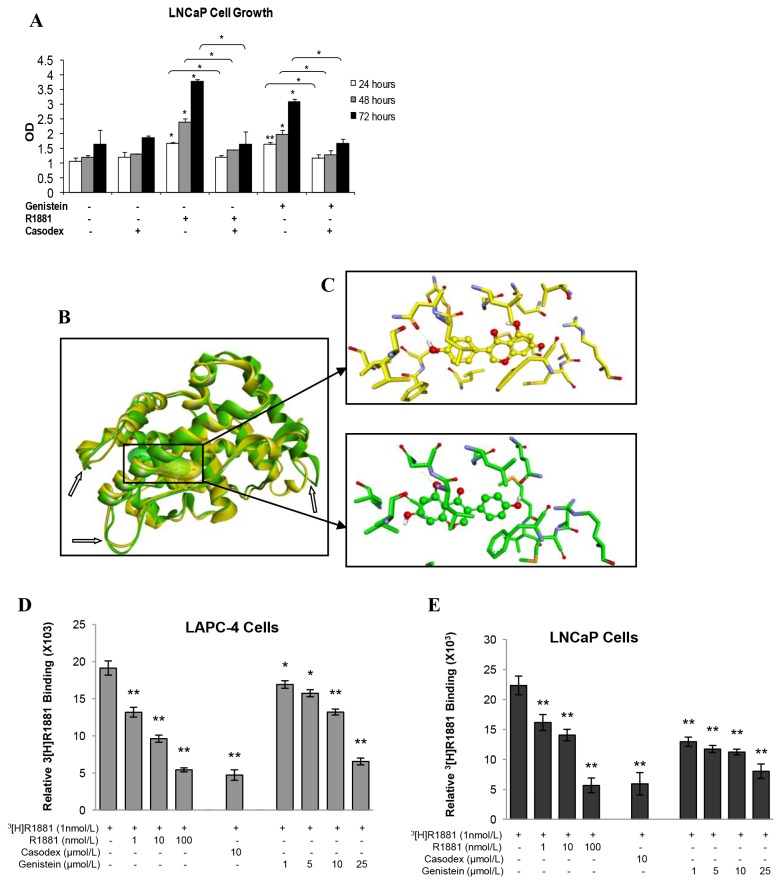Figure 3. T877A mutant AR mediates the stimulatory effects of genistein.
A: Graphic presentation of the effect of combined treatment with R1881 (1nmol/L) and Casodex (100nmol/L) or genistein (1µmol/L) and Casodex (100nmol/L) on LNCaP cell growth measured by MTS assay. Results in the graph represent the mean ± SD of three experiments each in triplicate. *p < 0.05, **p <0.01, for comparisons with the groups treated with R1881 or genistein, only. B: Evaluation of genistein–AR binding in silico. Representative figure showing conformational changes of the WT-AR and the T877A mutant AR after molecular docking with genistein in silico using the GOLD v5.0.1 modeling program. Different domains of the AR are presented in various colors. Inset, genistein bound to the ligand-binding domain (LBD) of AR-receptor. Arrows point to different conformational changes and loop movements in WT-AR and T877A mutant AR in response to genistein docking. C: Geometric optimization, and tautomeric forms of genistein created at pH 7.5 ± 0.5 using EPIK. The yellow is for the WT-AR, and the green is for the T877A mutant AR. D and E: Evaluation of genistein–AR binding using 3[R1881] competitive binding assay. Histogram shows the binding of genistein with AR in LAPC4 (WT-AR) and LNCaP (mutant AR) cells as assessed by radiolabeled cell-based competitive binding assay as described in Materials and Methods. Results in the graph represent the mean ± SD of three experiments. *p < 0.05, **p <0.01, compared with control.

